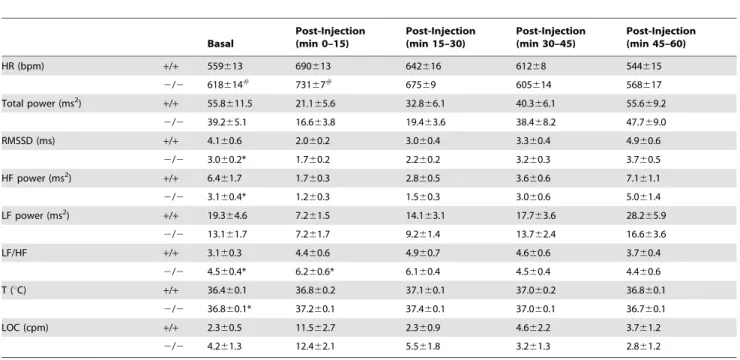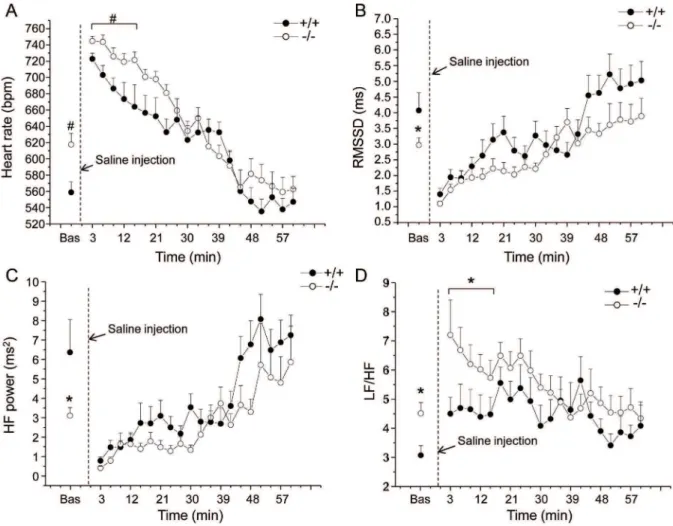Signs of cardiac autonomic imbalance and proarrhythmic remodeling in FTO deficient mice.
Texto
Imagem




Documentos relacionados
Cardiac diseases promote alterations in the autonomic control of the heart, leading to an increase in heart rate and, as a result, a decrease in heart rate variability (HRV).The aim
However, high resolution re- cording of these parameters and analysis of the data by non-linear dynamics revealed significant alterations in cardiovascular variability in
Figures 3 and 4 illustrate the analysis of HRV expressed as RMSM and RMSSD in- dexes of R-R interval variability obtained for the groups of postmenopausal and young volunteers
In order to assess the relative influence of age, resting heart rate (HR) and sedentary life style, heart rate variability (HRV) was studied in two different groups.. The
Reproducibility and relation to mean heart rate of heart rate variability in normal subjects and in patients with congestive heart failure secondary to coronary artery
In the NOT, despite having similar cardiac responses, gilts had a longer duration of contact with a novel object, higher lying and standing duration, and a lower duration of
showed a reduction in heart rate and an increase heart rate variability, therefore, suggesting that scopolamine might have a protective effect against cardiac events after
The chronotropic response during exercise reflects a very complex regulation that is correlated with age, functional capacity, resting heart rate, autonomic balance, and severity
